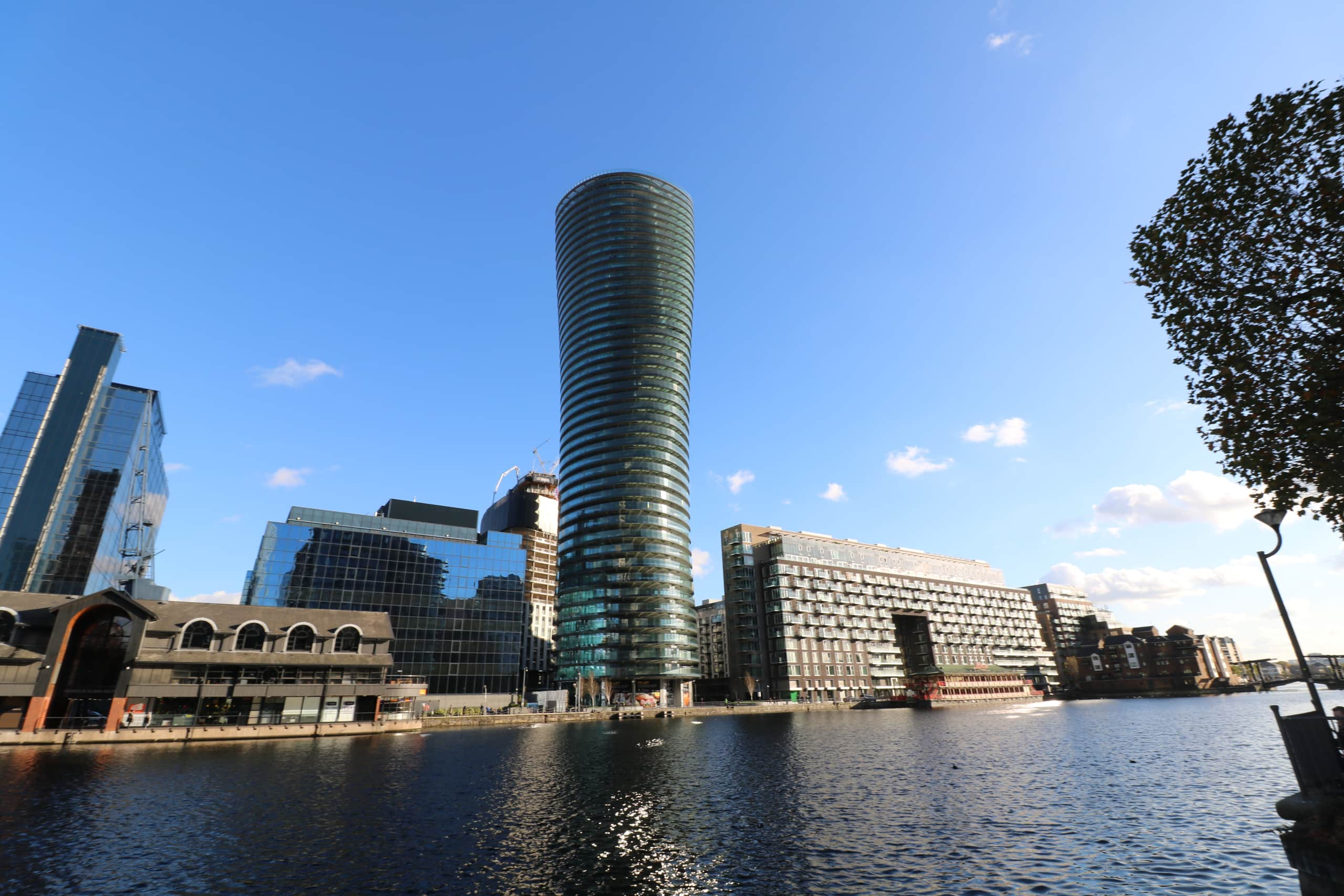The Future of Fire Safety with Howard Passey
Although there has been a significant drop in deaths due to residential building fires, the cost of fire – both human and financial continues to increase for the economy, businesses and communities. In modern buildings especially, we are reliant on the fire safety system working effectively as a whole for the building to remain safe. So, if one part of the system fails, others might too.
Causes of fire spread
When we look at the statistics, fires in commercial buildings and industrial estates are often caused by arson, but in residential buildings, they are usually accidental, with deliberate fires only making up 10% of incidents.
The causes of accidental fires fall into four main areas: misuse of equipment or appliances; faulty appliances and leads; placing articles too close to a source of heat; and careless handling of fire or hot substances. There are many reasons for these accidents, which amount to an unfortunate mixture of issues that are difficult to define clearly. Some are due to the vulnerability of residents in terms of age and abilities, and some from momentary thoughtlessness, while others occur when alcohol or drugs have been consumed.
Reducing the impact of fire
The common ways fires spread is down to poor standards in construction and remedial works. At the Grenfell Tower disaster, not only did faulty equipment start the fire, which spread out of the window and through voids, it spread back into the building, in part due to the failure of fire doors and fire partitions.
There is a need for voids in cladding to allow for breathability and for there to be combustible insulation, but more commonly the issues are poor compartmentation and poor maintenance and repair of fire doors.
In the experience of the Fire Protection Association, some safety issues that occur in buildings, new or retrofitted, are largely due to the failure to do the remediation work. Checks that need to be done for fire doors are often missed, for example, not adding missing elements to a door that was incomplete when installed or failure to repair or replace a door damaged during construction. This kind of oversight has huge potential to increase the spread during a fire incident.
Both contractors and residents alike need to understand the essential nature of fire doors to keep the spread of fire in check. They should be seen as engineered products that need to be regularly and effectively maintained and checked.
Management companies also need to look at systems that need regular checks to avoid fire spread. Detailed information for residents on fire safety is essential, not just on a new building, but each time there is a new occupant in any building. If they are better informed, they are in a better position to prevent the spread of fires.
Know your building
Although clear fire safety information is not always handed over to the occupiers or the management company, everyone with a vested interest needs to know their building. Building regulations state that contractors need to provide fire safety information, but statistics tell us that only 34% of buildings have an effective handover of information. It is also very rare to find it in a palatable format.
This is not to simplify the issue – it can be really complex. There is the issue of correct design, correct specification of materials, appropriate standards of construction, maintenance and management. What I would press upon any designer and building management is to test and assess everything you are not 100% sure of. Regular maintenance will ensure that systems remain effective.
Importance of legislation in improving fire safety
There is no doubt that good things can come out of legislation. The Fire Safety Act brought clarity to external cladding and fire doors, while the revision to Approved Document B and building regulations and the draft Building Safety Bill will have far-reaching changes. Although it is important to address high-rise buildings as they are far higher risk, these measures may seem too focussed on high-rise, which consequently creates a tiered system for building design, construction and control. I hope to see further legislation that ensures a single-stream robust approach to fire safety in all buildings. The industry should expect to see more clarity and detail being provided and being brought to bolster the legislation already in place.
The plethora of new guidance means it will take some time for everyone in the industry to take on board what has been set down. What needs to happen straight away is identifying those individuals who are the principal designers and the principal contractors to ensure their competence for undertaking work and passing on vital information.
Beyond the complexity of change, it is vital that the correct implementations of competent personnel, especially in MMC, are made. There is also a need to recognise issues with using combustible materials while remaining as environmentally friendly as possible within the framework of fire safety.
There is a fine balance to be made between fire safety, the environmental impact of materials, the sustainability of a building and the complexities of Approved Document B.
The important thing is to be prepared. It’s crucial that designers, contractors and suppliers do not wait to be told what to do and how far to reach. There are draft regulations and guidance to look at already, so building that into what you already do will put you ahead of the game. Without that planning, the support might not be immediate.
This article is based on an interview with Howard Passey, Principal Consultant and Director of Operations at the Fire Protection Association.
Howard has worked for the Fire Protection Association since 1992 and prior to that, he worked in construction. His current role is helping clients with complex and varied projects including fire safety audits, fire strategy development and reviews, inspections and risk assessments.
